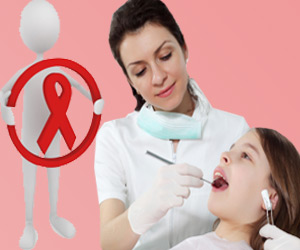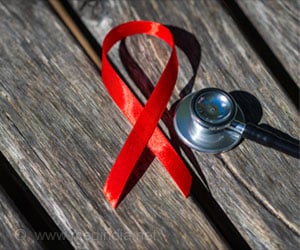Those aged 50 or older are more likely to be diagnosed late than younger adults with heterosexual transmission as main route of infection.
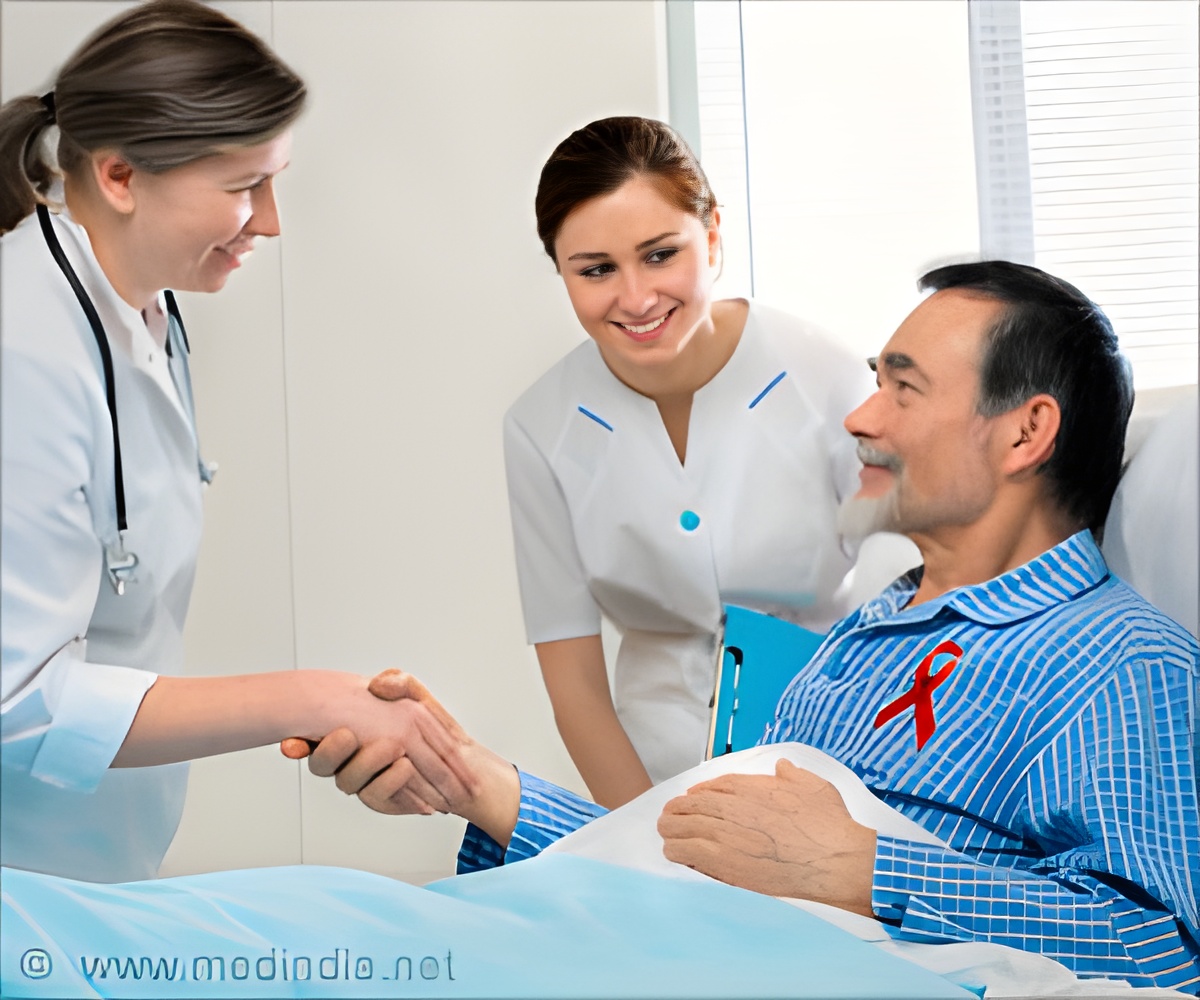
TOP INSIGHT
The rate of newly reported cases of HIV increased by 2% each year among older adults since 2004.
During this 12-year period, 54 102 cases were reported among older adults aged over 50 years translating into 2.6 per 100 000 population. The rate of newly reported cases increased by 2% each year among older adults since 2004, when 3 132 diagnoses were notified in this age group. By 2015, around every one in six (17%) of newly diagnosed HIV in Europe were among people aged over 50, accounting for 5076 reported cases.
"Increasing new HIV diagnoses among older adults point towards the compelling need to heighten awareness among health-care providers and deliver more targeted prevention interventions for this age group and the total adult population", the authors said.
Late diagnosis among older adults at 63%
The study also showed that those aged 50 or older are more likely to be diagnosed late than younger adults with heterosexual transmission as main route of infection while sex between men is the main transmission mode among younger adults.
The study findings suggest that the HIV epidemic is evolving in new directions which potentially is a result of low awareness of HIV and how it is transmitted among older people, which leads to misconceptions and low perception of their own risk of infection.
Similarly, other promising approaches, which may warrant scaling up, are testing in primary health care or in emergency departments.
Diversifying and complementing testing opportunities is probably the best strategy to reach older adults. Testing in community setting and self-testing could be valuable additions to increase access and promote normalisation of HIV test among the older individuals and the adult population at large.
Source-Eurekalert
 MEDINDIA
MEDINDIA
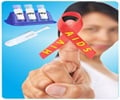
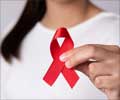
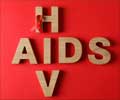
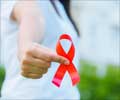
 Email
Email







